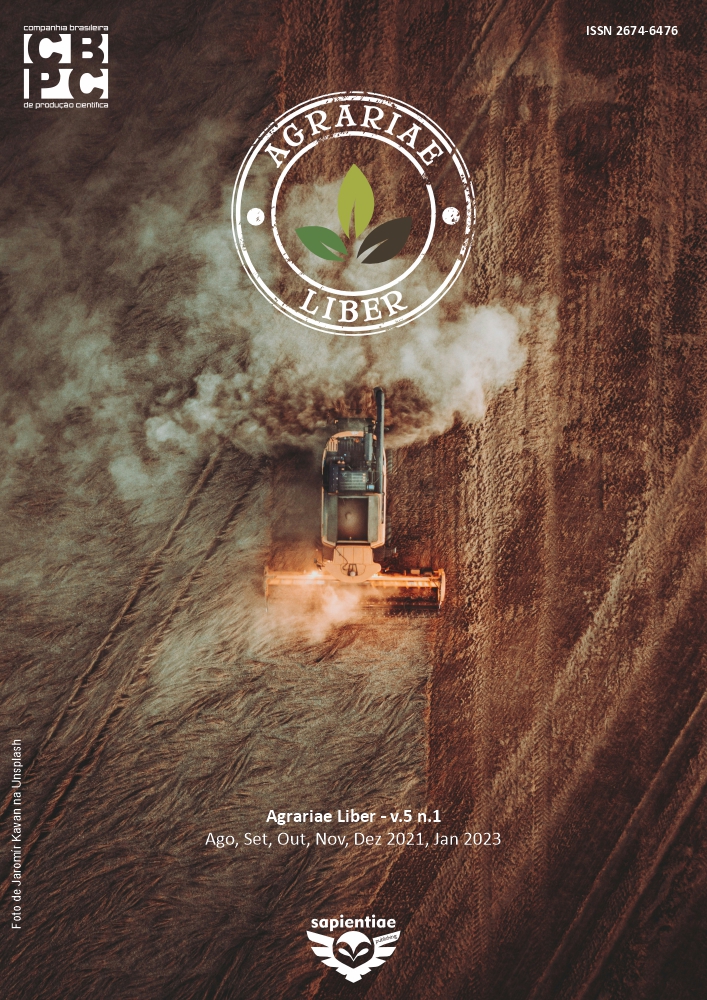Residue removal of logging gaps maintains the natural regeneration and soil quality
DOI:
https://doi.org/10.6008/CBPC2237-9290.2023.001.0002%20Palabras clave:
Reduced impact logging, Native forest, Forest management, Density of individuals, Species densityResumen
Harvesting in native forests generates residues, which can bring extra incomes by the charcoal production and small wooden objects manufacturing. In this study, the effects of residue removal over the natural regeneration and physical and chemical soil attributes in canopy gaps created by reduced impact logging were assessed. An experiment including 123 logging gaps (369 plots) randomly chosen in different logging areas, with and without residue removal was set. The treatments were: 6-year-old logging gaps without residue removal (GAP6); 4-year-old logging gaps with two years of residue removal (GAP4-R2); 2-year-old logging gaps without residue removal (GAP2); and 2-year-old logging gaps with residue removed < one month (GAP2-R0). The control treatment included 32 repetitions (96 plots), randomly chosen under the canopy of an unlogged primary forest (FOR). Density of individuals and tree species and environment inside logging gap were compared in relation to the residue removal. Soil samples were done in 0-20 cm and 20-40 cm within the same sampling units of vegetation. FOR presented highest density of saplings, individuals ≥ 3 m in height (0.12 ± 0.03 ind. m-2) and species (0.09 ± 0.03 spp. m-2). Density of seedlings, individuals < 3 m in height in GAP6 (2.11±1.16 ind. m-2) and GAP4-R2 (2.28 ± 1.29 ind. m-2) and species in GAP2 (1.57 ± 0.59 spp. m-2) were higher than FOR. The residue removal from logging gaps increased seedlings’ density and decreased the saplings’ density of tree species. Logging gaps with and without residue removal showed better soil quality than FOR.
Descargas
Descargas
Publicado
Número
Sección
Licencia
Derechos de autor 2023 Natural Resources

Esta obra está bajo una licencia internacional Creative Commons Atribución-NoComercial-SinDerivadas 4.0.
La CBPC - Companhia Brasileira de Produção Científica (CNPJ Brasil: 11.221.422/0001-03) tendrá los derechos materiales de los trabajos publicados. Los derechos se refieren a la publicación del trabajo en cualquier parte del mundo, incluyendo los derechos a las renovaciones, expansiones y diseminaciones de la contribución, así como otros derechos subsidiarios. Todos los trabajos publicados electrónicamente podrán posteriormente ser publicados en colecciones impresas bajo coordinación de esta empresa y / o sus socios. El (los) autores (as) conservan los derechos de autor, pero no están autorizados a publicar la contribución en otra medio, impreso o digital, en portugués o traducción.








